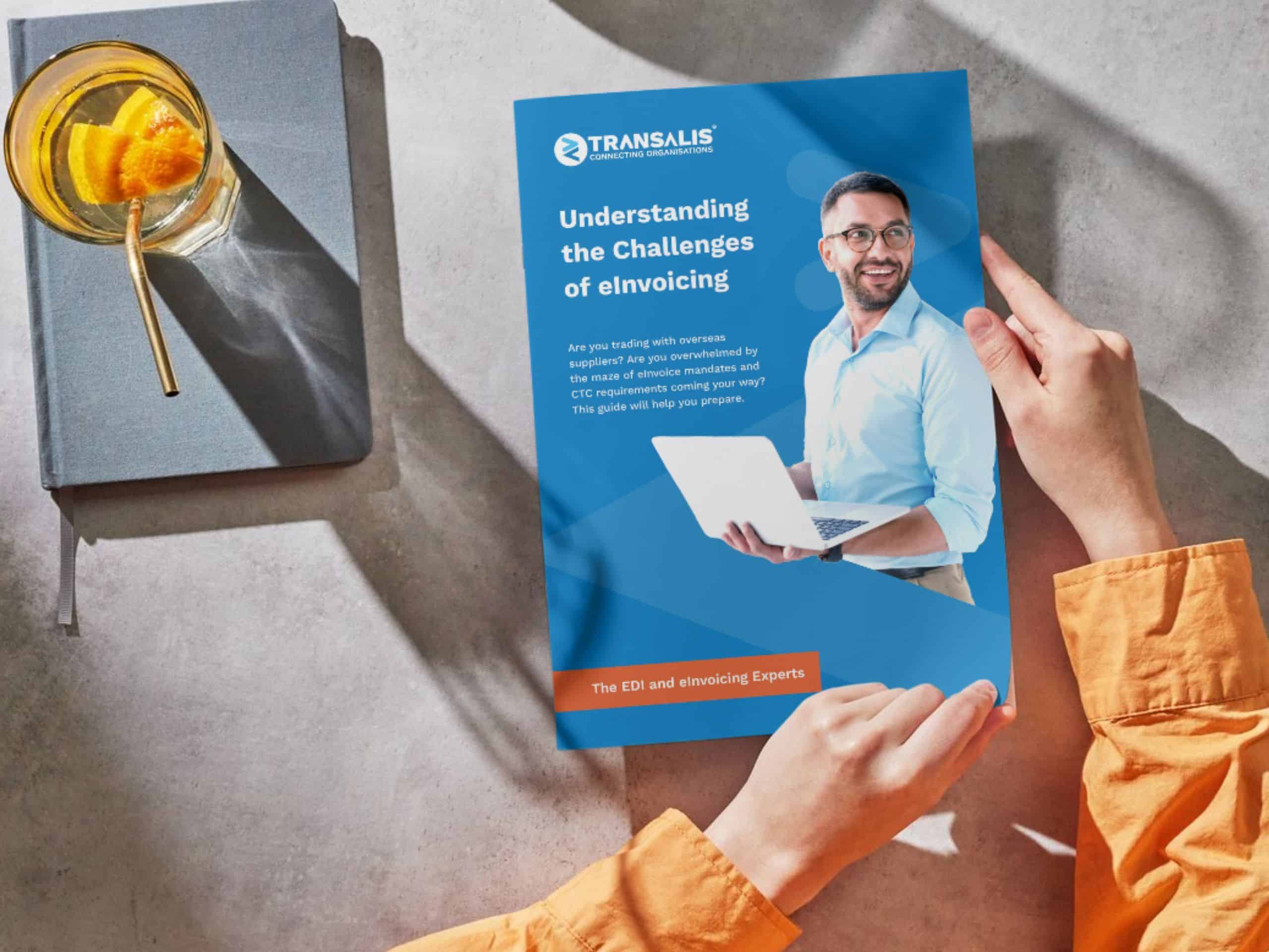
VAT Mandates: How we implemented eInvoicing for this multinational retailer
In his final blog of this month’s ‘VAT mandates’ series, Transalis eInvoicing specialist Nathan Roe explains how we deliver an eInvoicing project for customers. In this case study, we look at the complex integration of a global corporation.
The Customer
Our customer is a multinational corporation with household name retail operations on high streets and main streets across the world. As a long-standing EDI customer, we have collaborated with them for several years in the UK. This close working relationship has provided us with an in-depth understanding of their data systems and accounting processes, making us the ideal partner to implement their eInvoicing requirements.
The Requirement
The customer sought to implement eInvoicing solutions for both accounts payable (AP) and accounts receivable (AR) processes across several European countries in order to comply with the different VAT mandates of each region.
Without a single homogenised system, the project would require multiple integrations between different technologies and enable both fully automated and semi-automated digital invoice processing.
A tight delivery deadline of under 12 months was required, and this had to allow for an extended period of User Acceptance Testing (UAT) to ensure a smooth rollout across all divisions and maintain business continuity.
Post go-live, the customer needed a long-term partner to provide ongoing technical support and maintenance, along with monitoring for any legislative changes to regional VAT mandates.
The Solution
The customer selected Transalis as their single vendor. With this autonomy and our knowledge of their systems and processes, we were able to prepare a detailed scope of work and an accurate project roadmap quickly.
Our experienced Account Management and Engineering teams worked closely together to ensure that regulatory and technical challenges were thoroughly considered and the optimal solution developed. Based on our Standard Data Model – which combines essential invoice requirements with mandatory country requirements and business-specific requirements – implementation was expedited and compliance assured.
The solution supported both structured data (consistent invoice formats) and unstructured data (inconsistent formats commonly associated with paper-based invoices). To further enhance efficiency, we incorporated an AI Automation tool for digitising paper invoices. This included an Exceptions Management feature to prevent erroneous data from entering the system.
Full adoption was completed ahead of schedule – within 9 months – following extensive UAT and a phased region-by-region rollout. We continue to support the customer and advise them of updates from tax authorities around the world as more and more countries move to a VAT mandated model.
The Result
By leveraging our expertise and innovative technology, a robust eInvoicing solution was delivered that supports the customer’s continued growth and meets regulatory requirements across Europe.
With straightforward and flexible data extraction, the customer has a scalable platform that can be easily configured to support future country mandates whenever they come online. Reporting has also been simplified.
Operational efficiencies have been achieved with the automated eInvoice workflows, and advanced error checking has reduced waste.
For more insights on handling global eInvoicing and VAT mandates, download our latest whitepaper, The Global Challenge of CTC and eInvoice Mandates.
The Global Challenge of CTC and eInvoice Mandates
This guide explores key requirements, practical strategies, and expert tips to keep your compliance process on track.









